Types of Automotive Components
Brake Pads
What Is the History of Brake Pads?
In 1899, German engineer Gottlieb Daimler first introduced the concept of brakes. According to his theory and research, if a drum wrapped with cable was fixed to the chassis of a vehicle, it would effectively stop the vehicle’s motion. Louis Renault took this idea and built the first mechanical drum brake in 1902.
In addition, brake linings, a material bonded with brake pad, were invented by Bertha Benz, during her first long-distance world tour by car in 1888. Herbert Frood established the first asbestos brake lining in 1908.
Further, in 1918, Malcolm Loughead came up with the idea of a four-wheel brake system by applying hydraulics. This system takes fluids to transmit force into the brake shoe just after you press the pedal. This braking system soon became very popular by the end of 1920.
However, to compensate for the increase of engine power and vehicle weight, the famous British engineer Frederick W. Lanchester, invented disc brake. For this invention he got a patent in the year 1902 even though it took more than a decade for disc brakes to popularise.
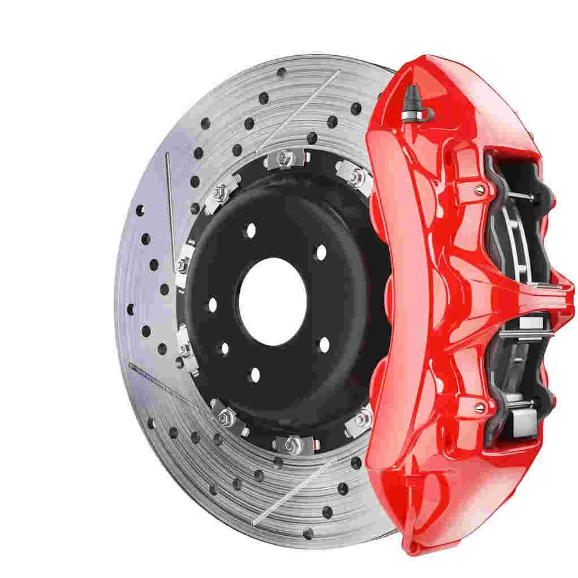
Types of Brake Pads
Semi-Metallic Brake Pads
Generally, most brake pads are semi-metallic with 30% to 70% metal such as copper, wood, steel, and wire material. These brake pads are popular for being budget-friendly and efficient. Furthermore, they are sturdy, heat resistant, and more effective than the other variants. Moreover, these brake pads are ideal for high-performance vehicles due to their prompt response
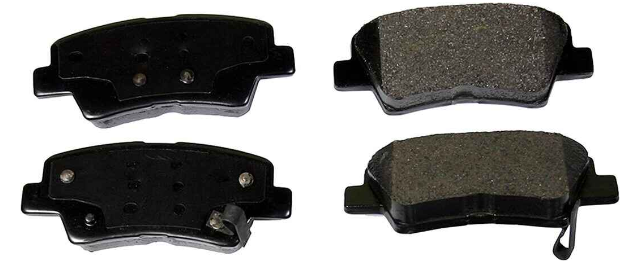
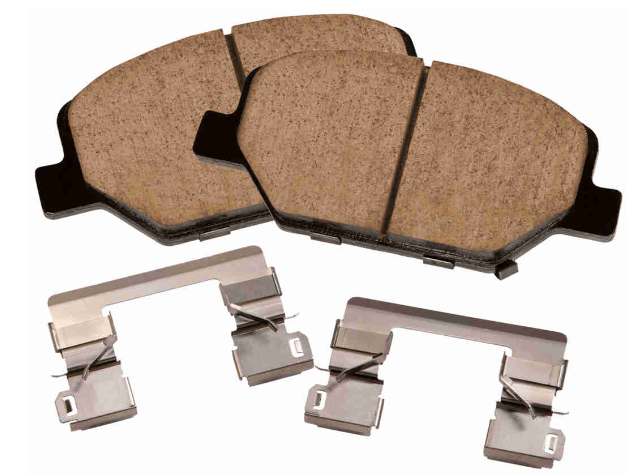
Ceramic Brake Pads
Ceramic brake pads are usually more expensive than semi-metallic pads and they are famous for their efficient braking and heat absorption. Moreover, in comparison with other type of brake pads, they are cleaner and generate low noise. In addition, ceramic brake pads have better longevity in comparison with semi-metallic pads.
Low-Metallic, Non-Asbestos Organic (NAO) Brake Pads
The low-metallic NAO option is made with a combination of 10% to 30% steel or copper. It provides better breaking alongside the transfer of heat. Although these brake pads are somewhat noisy, they prevent dust accumulation, so that it cannot lead to a frozen calliper.
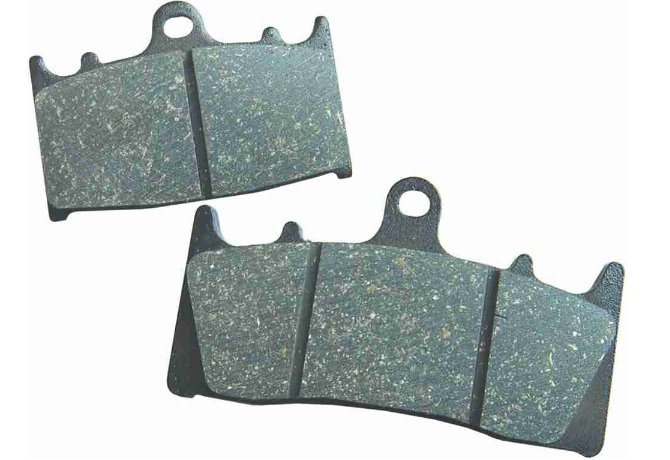
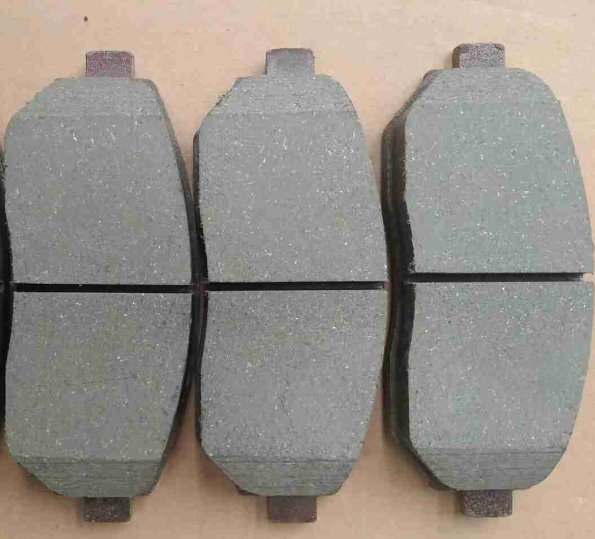
Non-Asbestos Organic Brake Pads
Non-asbestos brake pads are manufactured from organic resources and thus are softer and comparatively less noisy. The latest versions offer rubber and fibreglass options too. Although these pads are beneficial for the brake discs, they wear out quickly. Thus, it is not so helpful for off-road driving.
TYPES OF TYRE
There are a wide range of tyres available and this can become confusing when it comes to choosing new tyres for your vehicle.
Tyres are manufactured specifically for different vehicles, such as 4x4s, vans or cars. They may also have different tread patterns so that they can provide an optimal seasonal performance.
Before selecting new tyres for your vehicle, take a look at the different tyres available and choose tyres best suited to your driving style and requirements.

WINTER TYRES
Winter tyres have been designed with a large number of grooves and sipes to offer greater traction and grip on snowy, icy and wet surfaces. They are optimised to remain flexible when temperatures drop to provide safety.
SUMMER TYRES
Also known as standard tyres, summer tyres are designed to offer high levels of performance and are optimised to cope in temperatures above 7°c. They have a softer rubber compound to enhance stability and grip and they sport a tread pattern that provides resistance against aquaplaning.
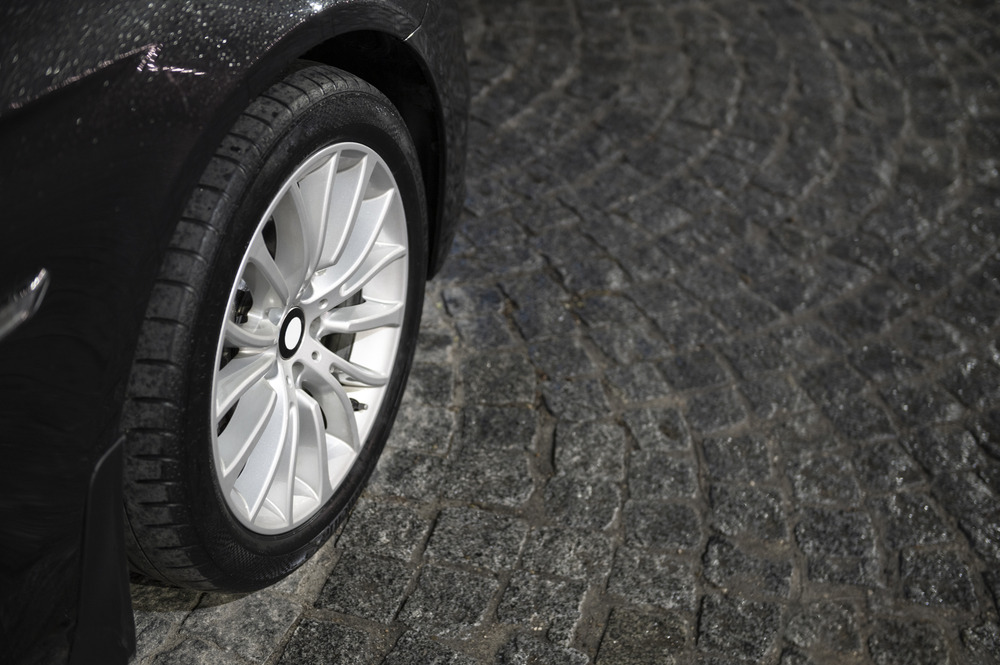
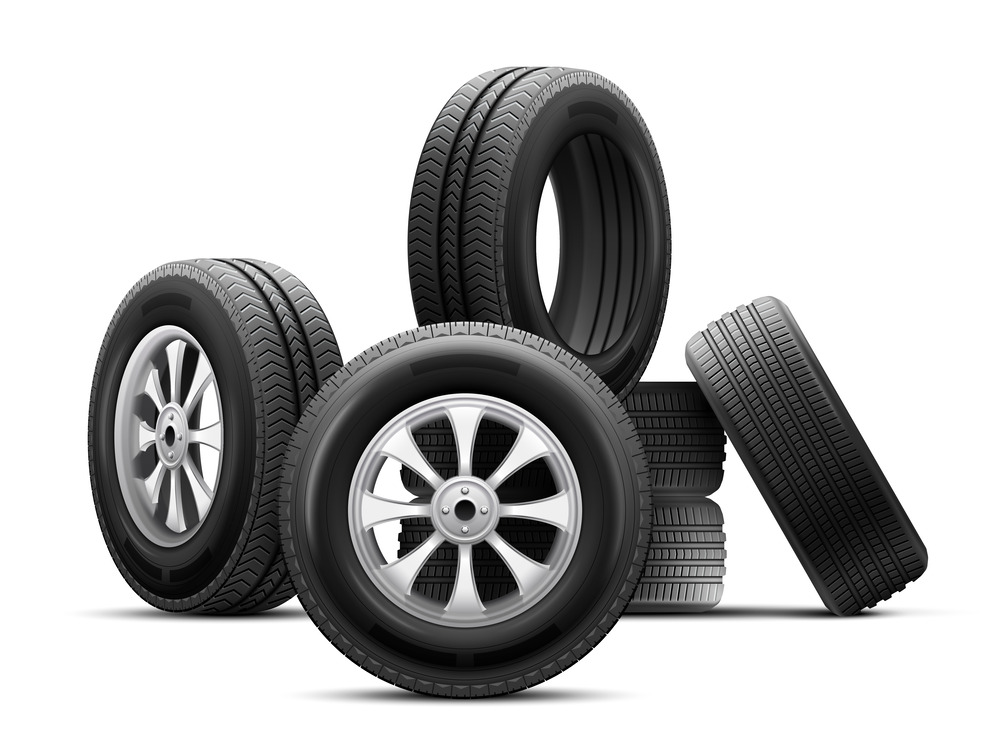
ALL SEASON TYRES
All season tyres are constructed using a combination of summer and winter tyre technology. They provide an adequate performance in all seasonal conditions, however they are not optimised for summer or winter in the same way as dedicated seasonal tyres.
HIGH PERFORMANCE TYRES
High performance tyres are tyres that have been optimised to provide quick response, enhanced grip and the ability to cope with high speed. These tyres are created by premium manufacturers which have derived extensive research and technology from their time in the motorsport segment.
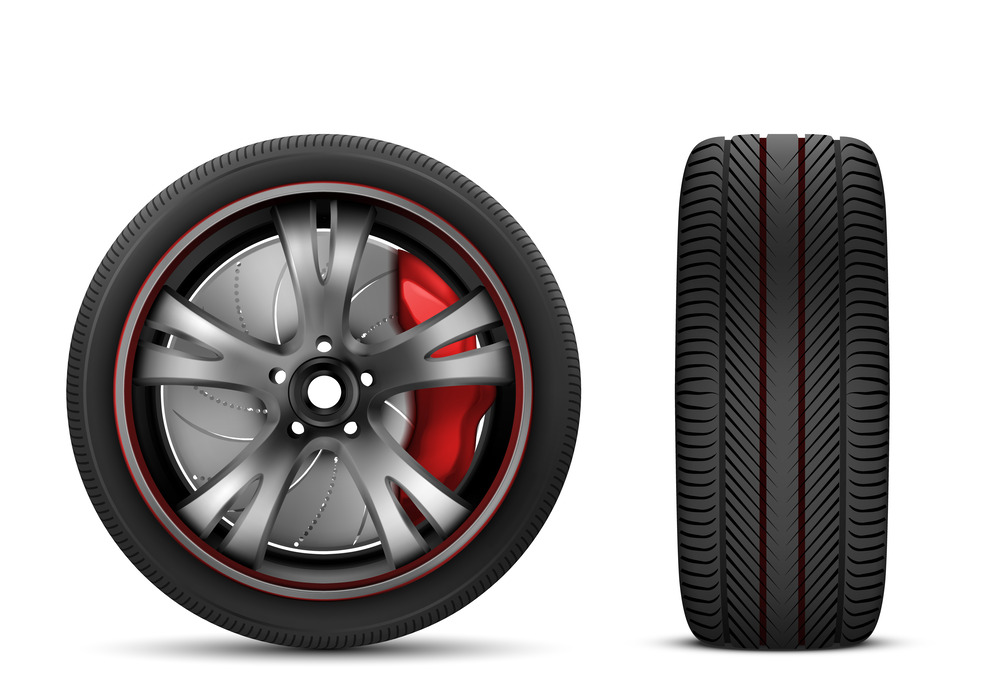
Motor/Engine Mounts
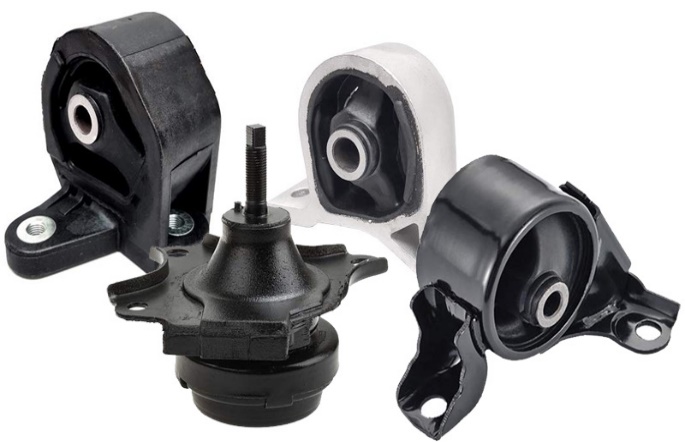
Importance of Engine Mounts
If you put a fragile item into a box and shake it around, it will probably become damaged. The item may even damage the box itself. However, if you secure the fragile item using rods and cushions to hold it in place, it will stay still when the box is shaken. Engine mounts work in the exact same way.
Here are some of the benefits of using good quality, rubber mounts:
• Reduce excess engine vibration and noise
• Keep engines from sustaining damage
• Extend the lifespan of the engine and connected sensor components
• Keep transmission and other vital parts from sustaining damage
Engine mounts are designed to absorb the energy of the system and become worn out after a while and may require an engine mount replacement. It’s important not to wait to replace your engine mount or your vehicle may be damaged.

Rubber Engine Mounts
The best material to use for engine mounts is natural rubber. Here are some reasons why you should choose rubber for your engine mount:
• Versatile in the shapes and configurations to adapt to many different applications.
• Excellent vibration and noise dampening
• Long lifespan – correctly selected, a rubber isolator can outlast the engine it is protecting.
• Provides a balance between energy absorption and stability for the engine – these are often in conflict.
• Resistant to ozone, water, oil and other damaging fluids/elements – giving them the ability to perform under tough conditions at low cost.
Natural rubber is the most widely used and common as it is the best material for resiliency or the ability to go back to its original shape. The ability to return to its original shape and not to stay deformed (compression set) is an important characteristic. Is it always the best choice? The best material is determined by what fluids and environmental conditions the mount will be exposed to.
